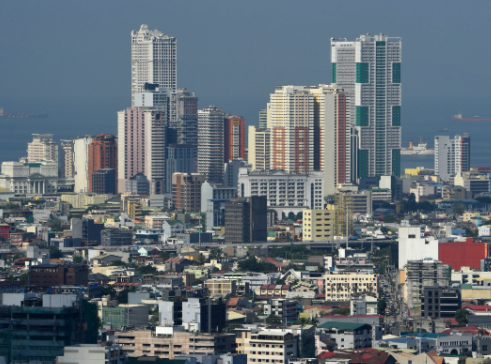The Philippines may have survived the worst impact of the COVID-19 pandemic but recovery seems slower than how its peers fare as infections remain high, UK-based think tanks said on Wednesday.
“The economy is likely past the worst. But things have been slow to bounce back. Manufacturing volumes were still down around 20 percent year-on-year at the end of the [second] quarter. In contrast, manufacturing output returned to growth in June in several regional economies,” London-based Capital Economics said in a report.
“Meanwhile, the government has failed to contain the virus and daily new infections are the highest in the region outside of India. Reflecting this, Google mobility data show that while the movement of people started to recover in June, activity remains very depressed and is recovering much slower than elsewhere,” Capital Economics added.
To recall, the government put back Metro Manila and four surrounding provinces—which accounted for half of economic output—under a stricter modified enhanced community quarantine on Aug. 4-18 as health care workers had sought a “time-out” following a surge in COVID-19 cases in these areas when the economy gradually opened up.
Three-fourths of the economic activity were resumed in June as the longest and most stringent COVID-19 lockdown in the region pushed the country into a recession in the first half, contracting by an average of 9 percent from January to June.
To date, the number of COVID-19 infections in the Philippines was the highest in Southeast Asia.
“The central bank in the Philippines (Bangko Sentral ng Pilipinas) left its main policy rate on hold at 2.25 percent in August, in what it described as a ‘prudent pause.’ We disagree that there is anything prudent about delaying further easing given the state of the economy, and we expect the [BSP] to continue cutting before long,” according to Capital Economics.
Separately, UK-based Oxford Economics also on Wednesday noted that in the Philippines and India, “broad lockdowns have constrained exports.”
“In April, when lockdowns were intense in both countries, goods exports were lower by 60 percent [in India] and 50 percent year-on-year [in the Philippines],” Oxford Economics said.
During the entire second quarter, the Philippines’ merchandise exports plunged by 30 percent, Oxford Economics added.
Moving forward, Oxford Economics said they “expect overall global demand for Asian exports to improve in the rest of 2020 and into 2021” as “reliance on commodity and energy exports should be less of a handicap than it was in the first half.”
However, “because new outbreaks of COVID-19 remain a key risk, supply constraints may continue hampering exports in countries that are particularly vulnerable in this regard,” according to Oxford Economics.
